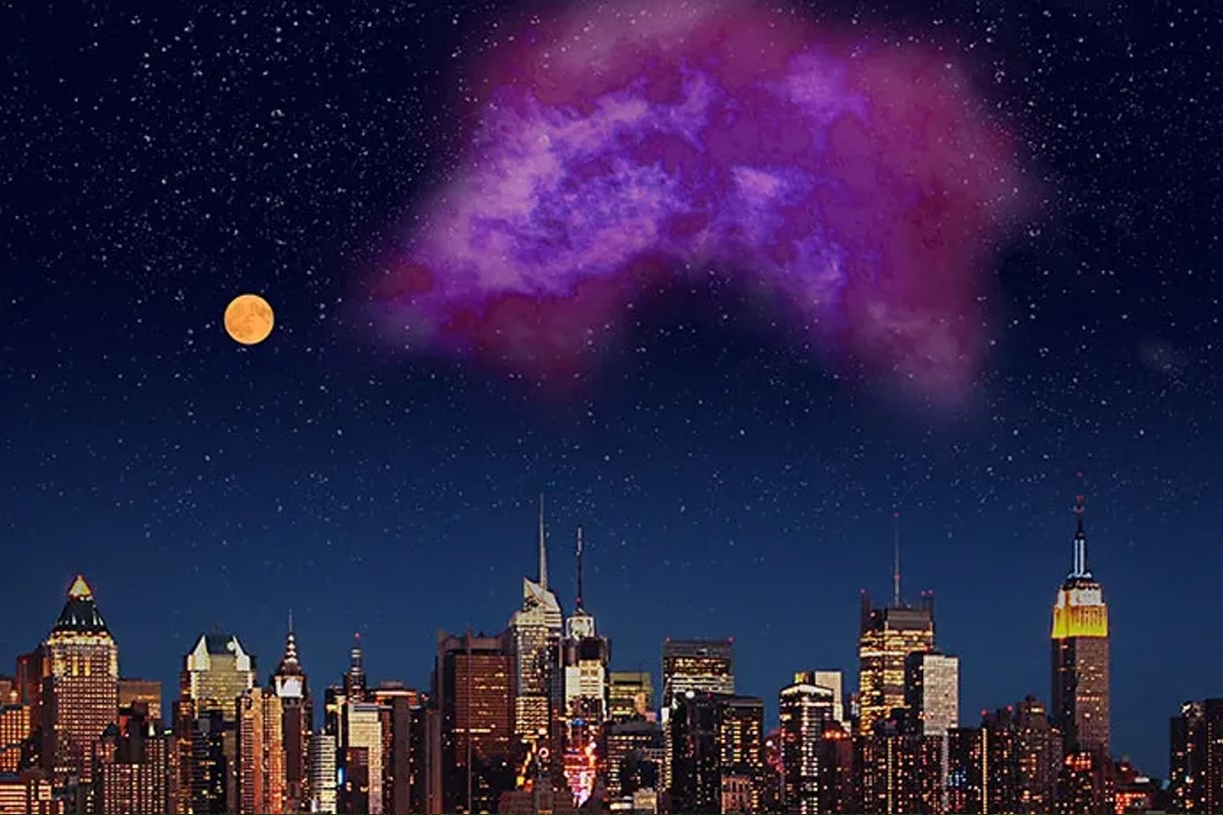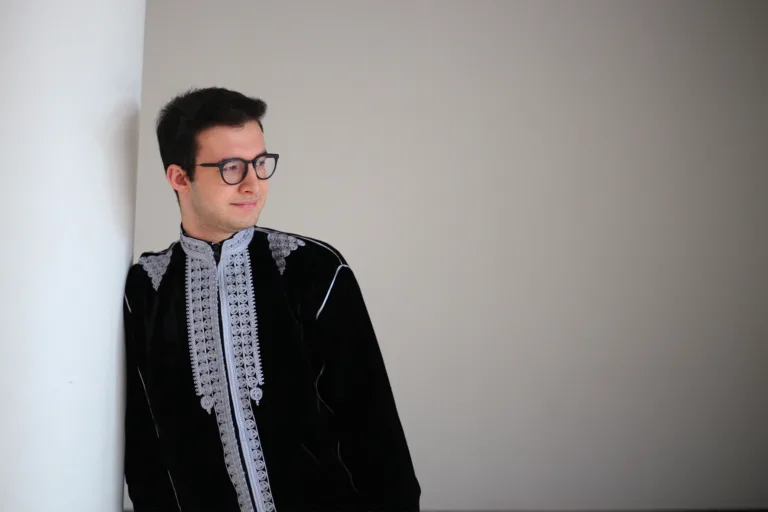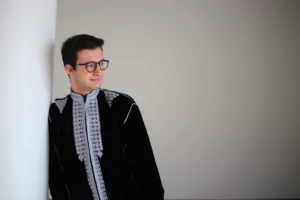A quiet discovery just changed what we thought we knew about our cosmic neighborhood.
Fez– In a cosmic game of hide and seek, astronomers have just spotted something huge, and surprisingly close, that had been lurking in plain sight all along.
Meet “Eos,” a newly discovered molecular cloud that might just be the closest stellar nursery we’ve ever missed.
Led by Rutgers University in New Jersey, an international team of scientists has identified this enormous hydrogen-rich cloud quietly floating just 300 light-years away from Earth.
That’s practically next door in space terms. Not only is it one of the largest single structures in the sky, it’s also among the nearest potential star-forming regions to our solar system.
So why didn’t we see it before?
Simple. Eos plays by different rules. Most star-forming clouds shine thanks to carbon monoxide, a favorite marker that astronomers rely on when scanning the skies.
But Eos? She’s subtle. She barely contains any carbon monoxide, making her nearly invisible to conventional telescopes.
“She’s been hiding in the shadows,” said Dr. Blakesley Burkhart, a Rutgers astrophysicist involved in the discovery. “We weren’t using the right kind of light to see her.”
Instead of relying on traditional methods, the team used a more delicate approach, detecting faint ultraviolet glows emitted when hydrogen molecules interact with starlight.
Think of it as catching a firefly in a pitch-black forest, with a pair of sunglasses on. Tricky, but not impossible.
Eos, named after the Greek goddess of dawn, is shaped like a crescent and weighs in at roughly 3,400 times the mass of the sun.
It’s the kind of place where stars are born: cold, dense, and full of gas and dust. Picture it as a galactic maternity ward, where the raw materials of planets and solar systems gather before the drama of formation begins.
And this cloud? It’s not just scientifically cool, it’s historically important.
“Finding Eos changes the game,” Burkhart added. “If this massive cloud was sitting right in our galactic backyard unnoticed, who knows how many others are out there, waiting to be found?”
The implications are vast. Not only does this give astronomers a new lab to study how stars and planets form, but it also forces us to rethink what we “think” we know about our own cosmic neighborhood.
Eos may have been silent, but now she’s front and center, whispering secrets about the universe’s earliest building blocks.
Read also: Everything You Need to Know About Volubilis: Morocco’s Timeless Roman City
















